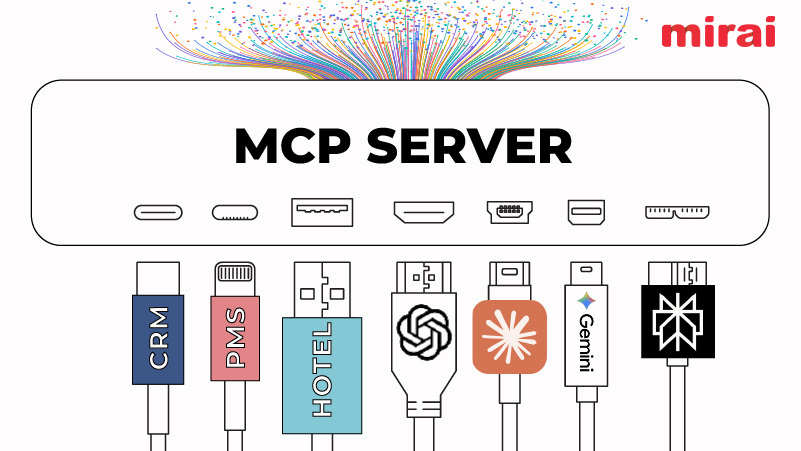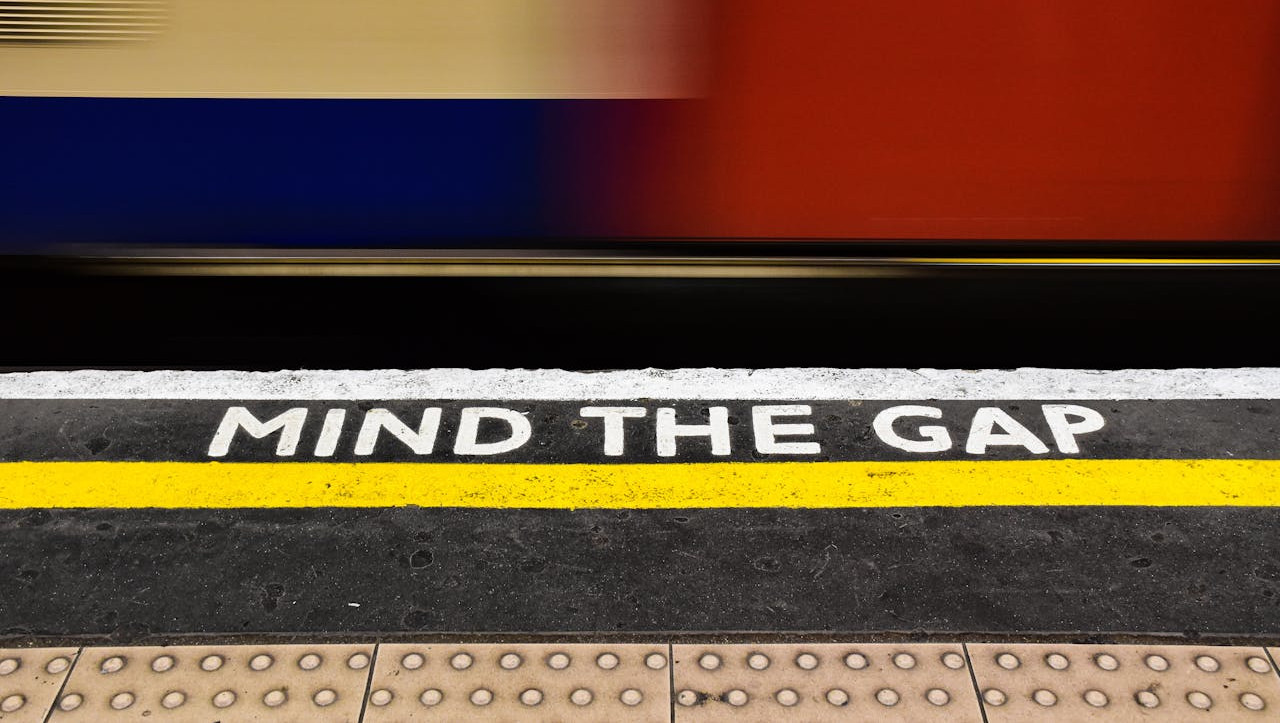
NB: This is an article by Scott Yankton, President of Scott Yankton Consulting
For the past 20 years I’ve been helping executives/businesses with their most challenging corporate initiatives. When I work with accommodation providers in my consulting company, one of the most common questions I get is how to increase conversions on their website.
Digital Marketers in Hospitality have two main tasks to complete. The first is getting potential customers to your website. This is accomplished through search engine optimization (SEO), pay per click (PPC), social media, advertising, etc. The second task and what we are discussing here is once they are on your website, how to keep them there and get them to book a room (i.e. conversion).
According to Google 52% of travelers visit your hotel website after seeing you on an Online Travel Agency (OTA) site like Expedia or Booking.com. So once you have them there it is essential to convert that visit to a sale.
With that said there are 3 keys to better conversion for a lodging website.
Usability/User Experience
1) Answer a user’s most important questions about your property.
When customers are on your site it is essential to answer their most important questions they have about your property, in an order that is logical for your market. Find this out by asking your customers. Simple usability studies work great for this.
Answer these questions with lots of images…enough to tell the story about your property. In my most recent usability studies, customers ask for this more than anything else. So give them high quality pictures of your rooms with lots of different angle and shots of any one room. Also give them pictures of your amenities and if your property is near an attraction along with visuals of the points of interest as well.

Website visitors also love short videos, ideally 2 minutes or less. Also, most website visitors will read as far as your bullet points. Most will not read your text. Text is important for search engine optimization but again most customers won’t read it. So put it at the bottom of your page.
2) Provide users with an easy, intuitive interface that doesn’t contain obstacles that discourage conversion.
This means quick, efficient, intuitive navigation that inspires confidence. It also means eliminating any confusing navigation that results in users leaving your site. Not sure if you have any? Ask your customers (try conducting your own usability studies).
It’s also important to make your calls to action (your buttons for booking or progressing in the process) obvious. Make them super easy to find for users and make it clear this is where they need to click to proceed.
Here is a real example of a user experience that doesn’t have an obvious call to action.
Where would you click next?
Social Proof
The principle of social proof is this – if someone is not certain, they take cues from others. If other people are doing something, then it must be OK for them to do it as well. In short, we are social and tribal beings. What others think is important to us. This can be applied to websites and for hospitality it’s the reason why reviews like Trip Advisor and Yelp exist. We want to know what others think.
According to a Forrester and Juniper Research study 77% of customers read reviews before they purchase online. For lodging this means if your reviews are good get them on your site and easy to access. There are website widgets you can use to get these on your site. If your reviews aren’t good, work to improve them so you can display them.
Social proof can also take the form of customer testimonials using text, images, and or video.
I’m always surprised by sites that put their awards at the bottom of their site…why? Put them in prominent places on your site. Show the world what others think of your property. The more prestigious the award, the more prominent the position on your site it should be in.
Another type of social proof that used to be exclusive to OTA’s is the evidence that shows others are booking. Fortunately there are booking engines that now offer this capability.
Optimize Checkout
Optimizing check out is so important. You have them in your “funnel”. Don’t add any obstacles to conversion or give users an excuse to leave your site and go back to an OTA. Make it super easy to complete the process. Here are some rules to live by:
Only ask for what you need. Don’t ask for information you don’t need now from users. Studies show that there is a loss (“cart abandonment”) of 10% for every unnecessary field your cart uses. Don’t give them an excuse to leave your site.
Tell users why you need the information you collect. Expedia does this very well. Do it for your site too. Divide the information you need into sections and ask for the information in a way that substantiates your “ask”.
Minimize User Clicks: It is essential to require minimal clicks and pages to complete a booking. Expedia does it in 4 pages. You can do it in 3!
Have Clear Calls to Action: Don’t make them guess where to click! Make it as obvious as possible. If you aren’t sure, have customers test book a room and observe them. If you see any confusion, ask them why they are confused. If your feedback is consistent across multiple customers, change the page to make the call to action clearer.
Don’t Add Calls to Actions That Distract from Check Out: Having users register in the cart is one of these. Don’t be tempted. Your goal is to convert the user and earn revenue.
Assure Users That Check Out is Safe: Use commonly available “confidence icons” to demonstrate that your site is safe. Here are a couple examples:
Add “Sense of Urgency” Prompts: Some booking engines have prompts that encourage users to book now. Again, OTA’s use this practice heavily. You can do the same.
Assure Customers That They are Getting the Best Deal Possible: Again the OTA’s do it but you know you can offer the same or better rates or rate packages than they can. Do it and let users know they don’t have to go anywhere else to get better pricing. Some booking engines have tools that can facilitate this.
So here are the key takeaways:
• Make it easy for shoppers to use your site
• Tell the story of your property in pictures (lots of them), videos, and bullet points
• What others think matters
• When they are ready to book, get out of the way










